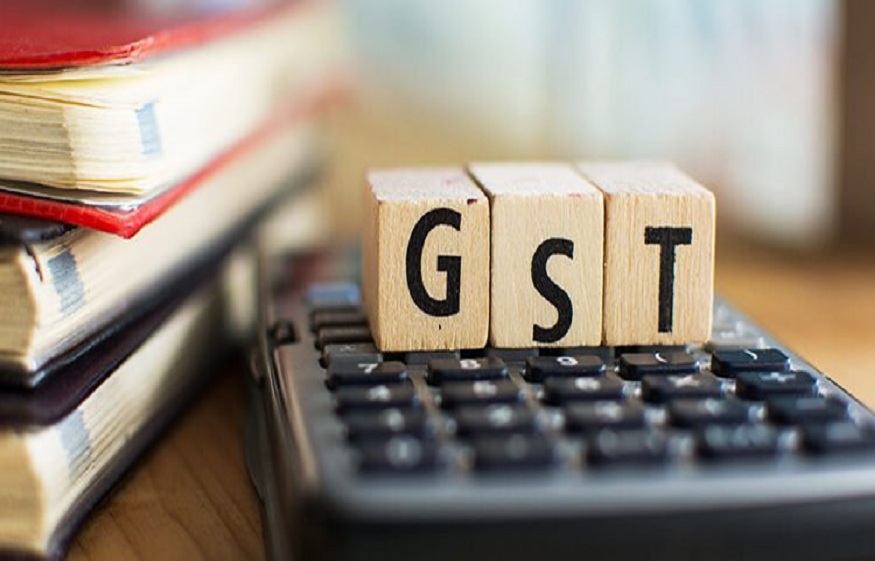The GST margin software computes the GST due upon the sale of a firm asset. Only sales of taxable property may use the margin approach.
The GST credit for the purchase price of the property cannot be claimed if the margin system was used. The margin technique cannot be used for the sale of a property that was first bought subject to full taxation. The GST may be claimed if the property is used for commercial purposes. Learn more about how to apply for GST margin scheme.
-
GST margin scheme
GST is one-twelfth of a property’s selling price. The purchase terms vary depending on whether the property is acquired before, on, or after December 9, 2008. The conditions vary depending on when the transaction was completed.
In the margin plan, the GST represents one-twelfth of the margin.
Margin is commonly defined as the difference between the selling price and the amount paid for the property, or the property’s value as determined by an authorised valuation as of 1 July 2000.
A capital gain is computed in the same manner as the selling price minus the property’s appraisal for properties acquired after July 1, 2000. When there are no capital gains for income tax purposes, it is permissible to pay GST under the margin plan.
If the property is sold as part of a registered corporation, you may compute the GST using the margin scheme. The manner and timing of your house purchase influence your eligibility for the margin plan. For GST purposes, settlement occurs at the time of purchase. If you purchased the property before 1 July 2000 (the effective date of the Goods and Services Tax) or after 1 July 2000:
- Not registered for GST
- Who sold existing residential properties to you?
- Who sold you the house without the GST?
- Who sold you the property on the margin?
If you purchased the
The fully taxable property that you purchased had no margin. GST is one-eleventh of the entire purchase price. You may compute margin in two ways:
-
Method of consideration
How a house is sold depends on when it was purchased. The consideration method may be used regardless of when the property was acquired. Using the consideration method, the margin is the difference between the selling price and the purchase price.
Sale price minus purchase price equals margin.’ When calculating margin using the consideration technique, do not include:
- Building expenses
- Fees
- Paid-for choices
- VAT
- Other acquisitions.
If you purchased your house before July 1, 2000, you may compute the margin using the valuation method. The margin is the difference between the selling price and the property’s fair market value (usually as of 1 July 2000). The margin is the difference between the selling price and the property’s value (as of 1 July 2000). The process of valuing needs an authorised valuation.
-
When there is no GST margin plan available.
If you paid the whole amount of GST on the property, you cannot use the margin programme. If you were charged the full GST rate while purchasing a business property, you would have submitted a claim for a refund.
If the contract for sale was executed after June 29, 2005, both the buyer and seller must agree in writing to adopt the margin arrangement. When the property is transferred, often at closing, the margin arrangement must be determined.
If the sale occurred 29 June 2005 on or after June 29, 2005, but you signed a contract or issued options before that date. There is no particular format for a written contract, but you and the buyer must agree to use the margin system and specify the property being sold. This remark may or may not be included in the sales contract.
If the buyer permits the seller to execute the margin plan, the seller must confirm in writing before the date of settlement.
Conclusion:
According to the ATO, if you are involved in property transactions (such as buying, selling, leasing, or developing), you may be regarded to be operating a company.
If so, and your gross revenue from these operations exceeds the GST registration level, you will be forced to register for GST.
The GST margin system is a method for calculating the GST due when purchasing taxable property for commercial purposes.




